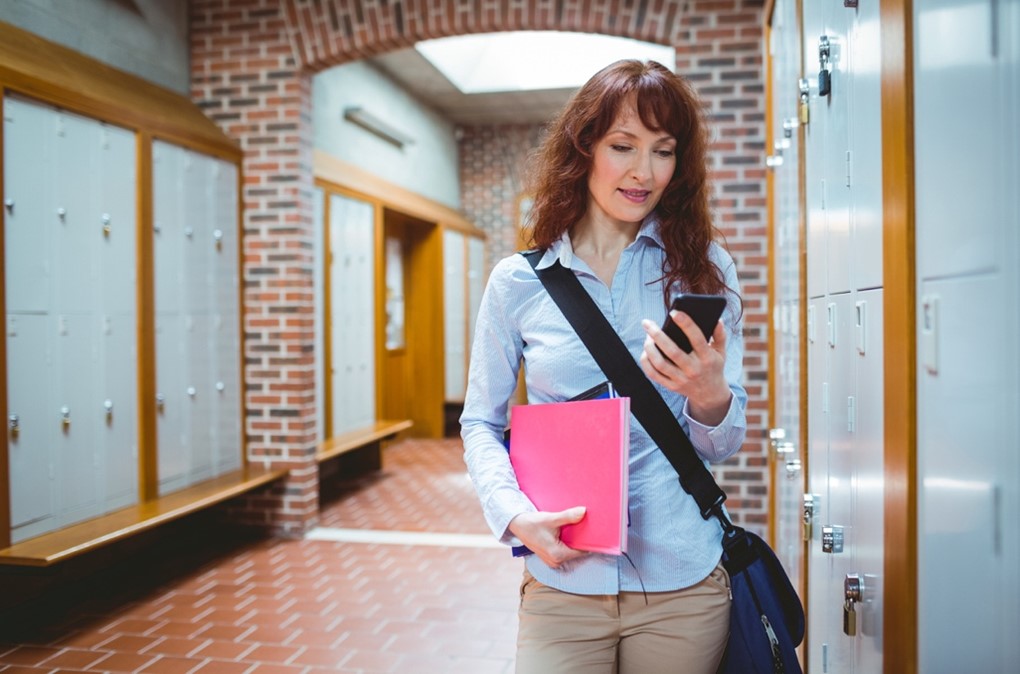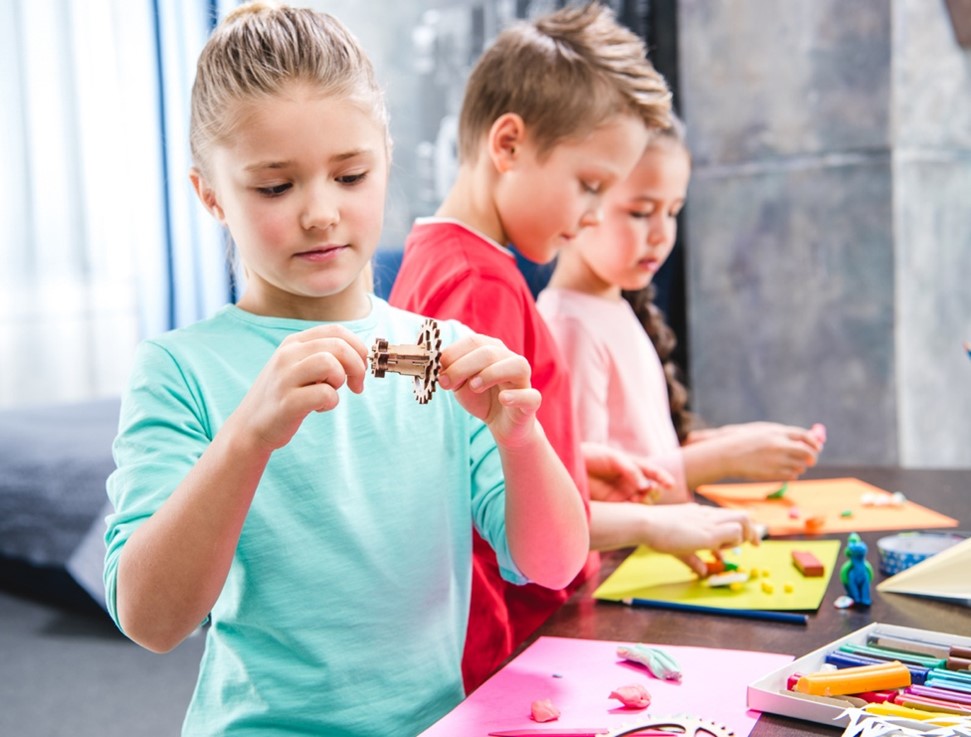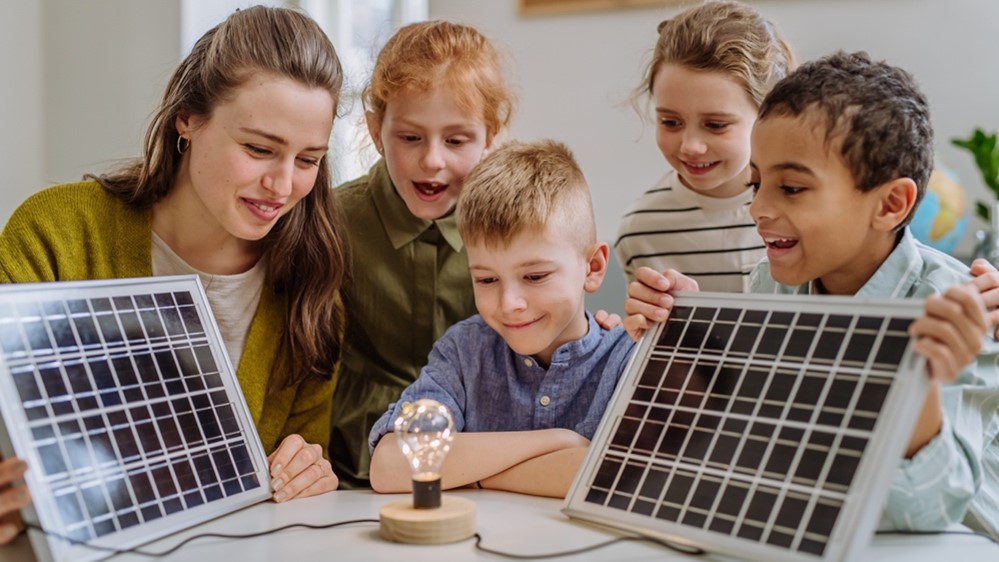The role of classroom design has emerged as a pivotal factor in improving teacher satisfaction and effectiveness. The insights from Corgan’s “Design Lessons from Teachers 2.0” report provide a comprehensive understanding of what educators look for in their work environments.
This EDspaces article delves into the key findings of this report and contextualizes them with additional research to offer a full view of the current state and future of school design.

Background: Understanding the Report
Corgan’s “Design Lessons from Teachers 2.0” is a continuation of their 2019 survey, focusing on the impact of the built environment and aspects such as teacher satisfaction, employment, loyalty, and even employment decisions. This study emerges from the backdrop of a profession grappling with new challenges—accelerated shifts in technology, education, and student expectations that have increased the demands on educators.
The Five Key Insights
1. Flexibility in Teaching Environments: Teachers consistently express a need for more flexibility in their teaching environments. While the desire for flexibility has remained stable (85% in 2019 to 82% in 2022), there’s a noted decrease in teachers finding their current environments flexible enough. A strategic approach combining modular furniture, innovative storage solutions, and tech integrations is essential.
2. Personalization and Choice: The move towards virtual learning has highlighted the importance of personalized learning environments. However, many teachers feel limited by the quality of their physical environment, including factors like light, air quality, and distractions. Enabling teachers to adapt spaces according to their and their students’ needs is crucial.
3. Schools as a Workplace: The design of teacher-focused spaces remains a concern, with many teachers dissatisfied with the lack of dedicated, desirable work areas outside their classrooms. Drawing inspiration from corporate workplace designs can offer solutions, such as ergonomics and professional settings, enhancing the work and learning environment for teachers.
4. Teacher Wellbeing: With growing demands and limited support, teachers need their workplaces to actively improve their health and wellness. Design frameworks like the WELL Building Standard, which focuses on elements such as air, light, and community, can play a considerable role in elevating teacher well-being.
5. Physical and Virtual Environments: The incorporation of technology in classrooms is increasingly important, yet teachers find the current integration only moderately satisfactory. A harmonious blend of physical and virtual learning environments is necessary to enhance both teaching and learning experiences.

Integrating Additional Research
Research has shown that various elements of school design, including classroom furniture and indoor environmental features, can significantly affect the satisfaction, performance, and well-being of students and teachers.
Corgan’s findings resonate with broader trends in educational design. The emphasis on personalization and flexibility aligns with current educational approaches that advocate for adaptive learning environments. Following are some examples:
-
Individual Learning Plans: In a modern classroom setting, the teacher creates individual learning plans for each student. These plans are tailored to the student’s unique learning style, pace, and interests. For instance, one student might be provided with more visual learning materials and another with interactive or virtual assignments, depending on their preferences and strengths. This approach allows students to engage with the subject matter in a way that is most effective for them, making learning more enjoyable and efficient.
-
Adaptive Learning Software: Adaptive learning software is increasingly being recognized for its effectiveness in personalizing education. This software dynamically adjusts content and difficulty based on a student’s performance, offering a more tailored educational experience. Studies have demonstrated that adaptive learning technology can have a substantial positive impact on both academic achievement and student engagement. New A.I. teaching tools are also being developed to provide even more customized, personalized learning.
Adapting spaces and classroom design to accommodate both teacher and student needs for individual and virtual learning software is crucial to success.

Teacher Well-Being
Similarly, the focus on teacher wellbeing and the physical environment reflects a growing recognition of the impact of workspace design on employee health and productivity, a trend observed across diverse industries.
-
Ergonomic Design in Teachers’ Lounges and Workspaces: Many schools are now focusing on redesigning teachers’ lounges and workspaces with ergonomic furniture and a relaxing ambiance. This includes comfortable seating, adjustable desks, and areas for rest and rejuvenation. The aim is to create a physical environment that reduces physical strain and stress, acknowledging that a comfortable and health-conscious workspace contributes to overall well-being, which in turn can enhance a teacher’s effectiveness and productivity.
-
Incorporation of Green Spaces and Natural Elements in Schools: Another trend is the integration of green spaces, such as indoor plants or small gardens, and natural lighting in schools. This approach is based on studies showing that exposure to natural elements and daylight can significantly improve mental health and cognitive function. By redesigning classrooms and common areas to include these elements, schools are creating a more pleasant and health-promoting work environment for teachers, which can positively impact their well-being and productivity.
Additionally, the concept of peace corners in schools is becoming increasingly popular to support teacher wellbeing. These areas are designed to offer a quiet, calming space for mindfulness and reflection. Incorporating elements like comfortable seating, sensory items, and natural elements like plants, these spaces are tailored to meet the diverse emotional and mental needs of staff. The idea is that by providing a dedicated space for relaxation and mental rejuvenation, teachers can better manage work-related stress and maintain a positive emotional climate in the classroom.
The Path Forward
The “Design Lessons from Teachers 2.0” report underscores the vital role of school design in not only enhancing teacher satisfaction, well-being, and retention but also in ultimately improving student outcomes. As schools evolve, incorporating these insights into the design of educational spaces will be critical. This approach not only acknowledges the challenges faced by educators but also celebrates their role in shaping future generations.
This article is based, in part, on the following articles:
- https://www.corgan.com/news-insights/collections/design-lessons-from-teachers-20
- https://www.movethisworld.com/staff-wellbeing/2019-3-12-transform-your-staff-lounge-to-support-teacher-wellbeing/
- https://www.researchgate.net/publication/370464331_The_Effectiveness_of_Adaptive_Learning_Systems_in_Personalized_Education
- https://educationaltechnology.net/adaptive-learning-what-is-it-what-are-its-benefits-and-how-does-it-work/








